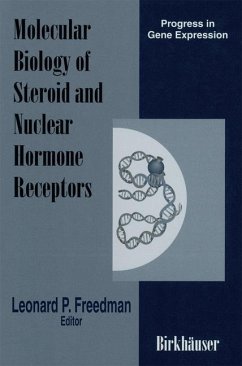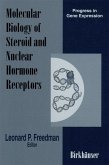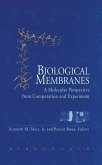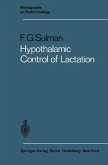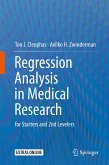Intracellular Receptors: New Instruments for a Symphony of Signals In the late eighteenth century, it was proposed on theoretical grounds that each of the body's organs, beginning with the brain, must be "a factory and laboratory of a specific humor which it returns to the blood", and that these circulating signals "are indispensable for the life of the whole" (Bordeu 1775). During the nineteenth cen tury, some remarkable physiological experiments revealed the actions of humoral factors that affected the for and function of multiple tissues, organs and organ sys tems within the body (Berthold 1849); much later, the chemical and molecular na ture of some of those factors was determined. Against this deep historical backdrop of the founding studies of intercellular signaling, molecular biology sprang into existence a mere forty years ago, rooted in the revelation of regulable gene expression in bacteria. But contemporaneous with those classical analyses of transcriptional regulation of the lactose operon, the mod em era of signal transduction was inaugurated by the identification of cAMP as a second messenger --- an intracellular mediator of hormonal activation of glycogen catabolism (Sutherland and RaIl 1960). Later in that same decade, it emerged that cAMP is a critical signal not only in metazoans, but even in bacteria, where it serves an analogous function as a critical switch that activates expression of genes re quired for catabolism of complex carbon sources, including those of the lactose operon.
